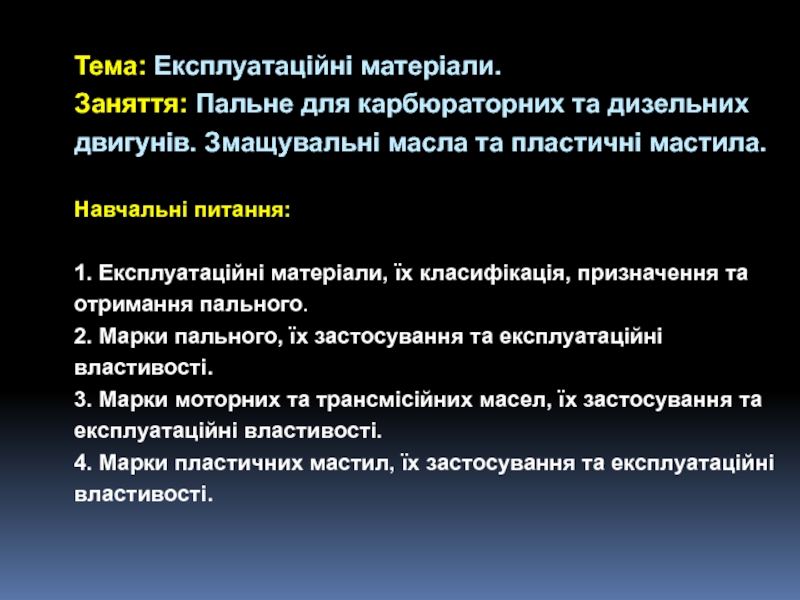the information focus in the sentence.
Voice (from Latin vox-vocis ‘a
faculty of speech’) is the grammatical category of the verb expressing parsing of the situation information structure as conceived by the speaker. It is a speaker-related category.Different approaches to voice:
formal (traditional): two voices - H. Sweet, O. Jespersen, A.I. Smirnitsky, L.S. Barchudarov;
semantic: five voices - H. Poutsma, I.I. Ivanova;
V.Y. Plotkin’s: no voices.


























